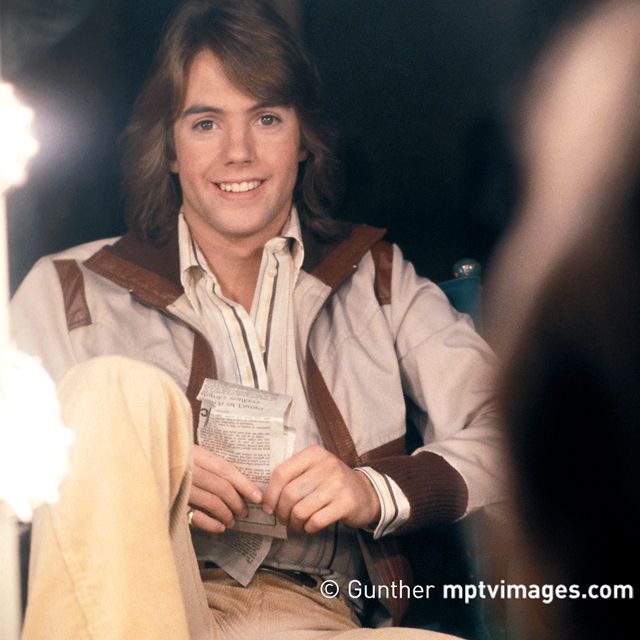
A Teenage Reverie Wrapped in the Golden Glow of Late-’70s Pop Innocence
Released in 1977 as the second single from Shaun Cassidy’s sophomore album Born Late, “Hey Deanie” captured the breathless longing of adolescent love with a buoyant melody and polished production that helped it ascend to No. 7 on the Billboard Hot 100 in early 1978. As a follow-up to Cassidy’s breakout hit, “Da Doo Ron Ron,” this track cemented his brief but incandescent reign as a teen idol. But beneath the glittering surface of pop stardom lies a composition born from deeper musical lineage—crafted by the venerable Eric Carmen, formerly of Raspberries, whose gift for writing aching, melodic rock ballads gave the song a sincerity that outlasted its Top 40 lifespan.
At first listen, “Hey Deanie” may seem like nothing more than a featherweight confection—brightly produced, vocally earnest, and clearly tailored for radio and teen-magazine centerfolds. But to dismiss it as mere pop ephemera would be to overlook the nostalgic ache nestled within its verses. Carmen, who originally wrote and recorded the song for his own 1978 self-titled album (though Cassidy’s version predated its official release), imbued it with his signature blend of romantic yearning and power-pop craftsmanship. The song is structured around a classic narrative device: the boy who watches, waits, and wonders. Cassidy’s vocal interpretation, while not technically virtuosic, is imbued with an emotional immediacy that mirrored the tender vulnerability of his adolescent fanbase. In this way, the song becomes not just about Deanie, but about every fleeting crush, every hallway glance, every love letter never sent.
Musically, “Hey Deanie” is a masterclass in late-’70s pop-rock production—clean guitar lines, sweeping backing vocals, and a melodic chorus that feels like an open-armed invitation. Producer Michael Lloyd, known for his work with acts like the Osmonds and the West Coast Pop Art Experimental Band, brings a polished sheen that aligns perfectly with the era’s aesthetic: a time when AM radio served as the emotional lifeline of American teenagers. The key change in the final chorus—subtle yet stirring—lifts the song into the realm of pop transcendence, turning a simple melody into an anthem of youthful devotion.
And yet, there’s an undercurrent of wistfulness that courses through its brightness. The lyrical plea—”Hey Deanie, won’t you come out tonight?”—echoes with the unspoken fear of rejection, of love unanswered. In this, “Hey Deanie” becomes more than just a hit single; it becomes a time capsule, preserving the fragile intensity of teenage emotion at the edge of adulthood. It reminds us how deeply the heart can feel before it has learned to guard itself.
Though Shaun Cassidy’s moment at the forefront of pop culture was fleeting, “Hey Deanie” remains a luminous artifact of its time—a bridge between bubblegum pop and the deeper emotional textures of singer-songwriter introspection. It is a song that invites us not only to remember young love but to feel it again, as brightly and innocently as we once did.